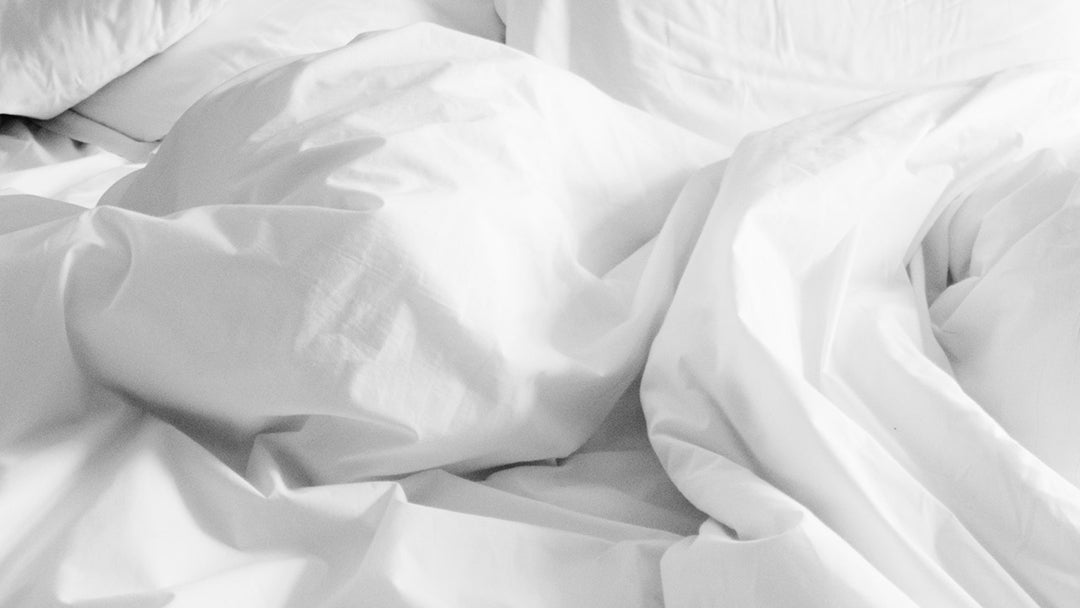The best thread count for sheets
Higher thread count does not mean better sheets. Yes, you've heard us right!
So, what is exactly the best thread count for bed sheets?
The optimal number for a natural 100% cotton sheet is 300 to 400 TC per square inch.
What exactly is thread count
To better understand why we've said 300-400 thread count is the best number you can go for, we first need to understand the meaning of thread count.
Simply put, thread count means the number of threads in a square inch. In Europe, it is more common to see thread counts per 10 cm square.
As 10 cm square is bigger in surface area than a square inch, naturally the thread count will be 25% higher. Which is why some brands choose to adopt the metric system instead simply because it gives an impression of a higher thread count number.
Essentially, sheets with 900 TC could actually mean that they are in fact 720 TC.

The correct TC range
For cotton, most sheets range from 150 TC up till 400 TC per inch (Single-ply), for anything higher, multi-ply fabrics will have to be used. These are also what most hotels use, and they definitely know what is best.
In recent years, usage of 2-ply or even 3-ply fabrics has surged. You can probably guess by now why is that so.
It is good to know that to achieve a higher thread count, finer yarns are used. But there is a limit to how fine each thread of cotton can be, you could picture stretching out a rubber band.
Finer yarns will be softer as the diameter of each thread is smaller, but if it is way too fine then it can break easily.

Single-ply, 2-ply or 3-ply
To form these 2 or 3-ply fabrics, multiple lower quality threads are usually twisted together to form a single thread, which is then woven into the fabric. The fabric is then used to craft sheets.
A 3-ply sheet of 300 real thread count can be easily marketed as 900 TC. And if that number is in 10 cm square denominations, then you're actually looking at (in real thread count terms) 240 TC per inch. Not forgetting that it is made of cheaper 3-ply yarns instead of quality single-ply yarns.

Types of material
It is also good to know that different materials have different natural ranges. For example, you'd commonly see microfiber sheets going up to a whopping 1500 TC. However, it is still not comfortable at all and feels tacky and non-breathable.
Conclusion
Specifically for cotton, you’d want to look for something from 300 TC to 400 TC per inch (single-ply), which translates to 375 to 440 Per 10 cm (single-ply). It carries the best balance between density and thickness. Anything too high is more often than not, a marketing gimmick and anything lower will not be as comfortable.

